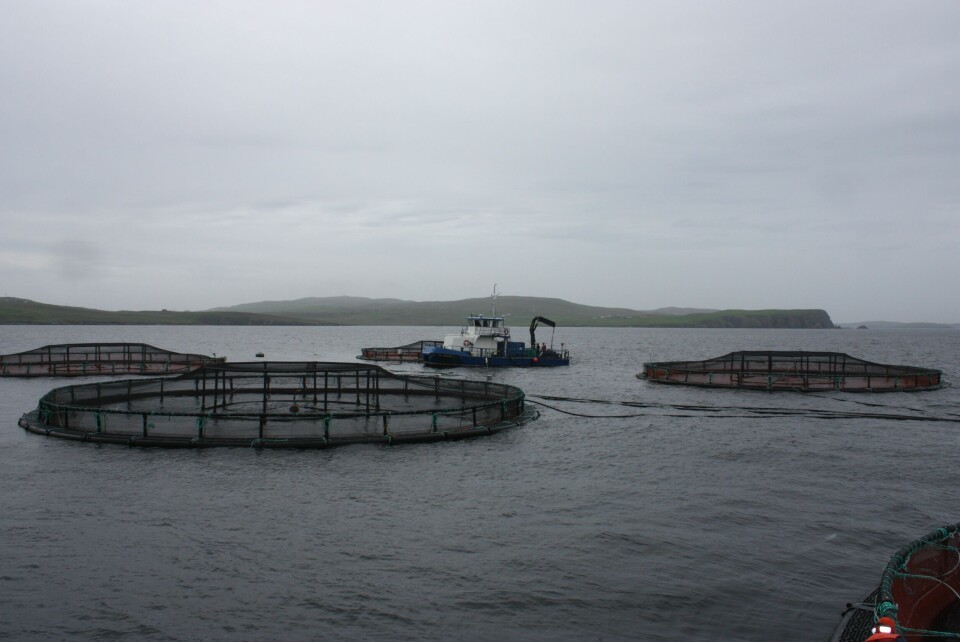
Scots sites top Lerøy’s table
Scottish Sea Farms performed well in Q3, harvesting 8,148 tonnes at an average EBIT/kg of NOK 18.6 (£1.80) – making it the best performing farming region operated by parent company Lerøy Seafood Group.
According to Lerøy’s Q3 report, which was published today, biological challenges in Shetland led to early harvest of some sites, which will have a negative impact on harvest volumes in Q3, Q4 and Q1 2017. However, this contrasted with a good biological situation in the company’s operations both on the west coast of mainland Scotland and in Orkney and the company expects to harvest 30,000 tonnes in 2017, up 15% from a projected 26,000 tonnes this year.
Norwegian operations
Lerøy, which jointly owns SSF with Salmar, reports mixed fortunes in its three Norwegian regions, with only 31,744 tonnes of salmon and trout harvested, at an average EBIT/kg of NOK 12.5 (£1.21).
The second best performing region was Lerøy Aurora, which includes the company’s most northerly Norwegian sites and achieved operational EBIT per kg of NOK 18.4.
Meanwhile the company reports “a very challenging quarter” for Lerøy Midt (mid-Norway), which harvested only 14,161 tonnes (down from 21,922 tonnes in Q3 2016) due to low average harvest weights. This also had a significant impact on price realisation, cost, and produced volume, leading to an EBIT per kg of NOK 8.0.
Finally Lerøy Sjøtroll (southern Norway), which harvested 13,297 tonnes (of which 66% was trout,) reported an EBIT/kg of NOK 15.4, up from NOK 0.1/kg in the same period last year.
Overall, the company now expects to harvest 165,000 tonnes in 2016, down from 171,200 tonnes in 2015, although they expect next year’s levels to increase to 180,000 tonnes.
Responding to the report, CEO Henning Beltestad comments: "Lerøy Seafood Group can report their highest revenue and highest operating profit [NOK 481 million] as of the third quarter throughout the Group's history. We are delighted with such a great result. It has not been an easy quarter. We have experienced a number of biological challenges and recorded lower average weights than expected and higher costs than normal."






















































